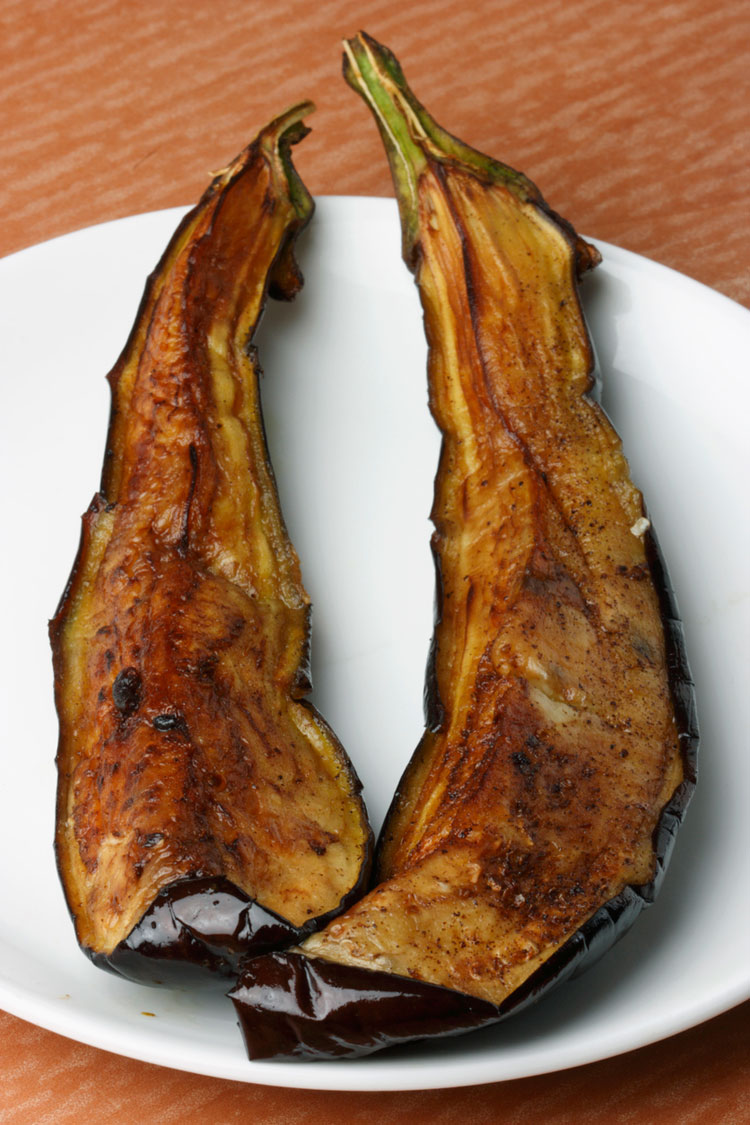In spring, one’s fancy is supposed to turn lightly to love. Here, it turns to thoughts of marriage. The season brings with it a deluge of weddings and I have a stack of invitation cards by way of proof. On the way back home, I have to pass a road that is lined with biyebaris, spaces people rent for weddings. In peak season, traffic comes to a crawl on this stretch as large buses stop here, disgorging sumptuously dressed wedding guests, often attended by metallic lighting or a brass band.
That is irritating, but not half as much as having to watch women of all ages dressed in traditional Jamdanis, Benarasis and Balucharis matching steps to Ladki Aankh Maare. Makes me nostalgic for the past when the only song and dance made at a Bengali wedding was about the food served.
I still remember that the menu for my aunt’s wedding was decided much before the bridegroom was. And my grandfather insisted on keeping the hardcore non-vegetarian menu — kebabs, mutton chaap and biryani — although she ended up marrying a vegetarian. I can’t say it was one of my favourite weddings foodwise — especially as it didn’t feature my favourite begun bhaja or the slab of deep-fried brinjal, complete with half a stem.
Begun bhaja was part of the first course along with luchi (the puri equivalent) and sweetish chholar dal with raisins and bits of fried coconut. Alas, these things have long disappeared from biyebari menus. You might come across motorshutir kochuri or peas kochuri in winter, and alur dom if you are lucky, but the luchi does not make an appearance at weddings anymore.
Neither does machher kalia, a rich fish curry; especially those fatty pieces of petir mach that were fished out of buckets especially for children as they had fewer bones. These days you are more likely to be served fish fry with mustard sauce and salad or fish butter fry, which in reality is batter fry. You could even get fish and chips or fish in lemon sauce or fish in tomato sauce if the hosts decide to keep a continental dish to go with the live pasta counter.
Yes, a live pasta counter is the latest rage. Before that it was the live chaat counter and many weddings still have a phuchkawala on standby. And even the least aspirational wedding features a salad counter with at least five salads — Russian, pasta, green, fruit, sprouts — and a raita. It is a different matter that most of those salads dry up untouched in their fancy platters.

Begun bhaja`aq Picture by iStock
But the Bengali wedding guest has his or her eye on the mains — fish, meat and sweets. In the olden days, there would be a server hovering around guests with a reputation for being a “good eater”— euphemism for a big eater. The host took great pleasure in feeding such people. “He ate 50 pieces of fish”, or “four kilos of mutton” or “one hundred rosogollas”, the host would recount with pride later.
Those serving would press all guests for second and third helpings, unlike now, when the only way you can get seconds at the table is if you call out to the server so loudly that everyone in the room knows you are asking for seconds. And while it is theoretically possible to serve yourself as many helpings at the buffet as you like, I dare you to take more than two. The servers at the buffet will give you such dirty looks!
But the dishes I mourn the most can both be categorised as dessert. The chatni — which is found at the dessert counter these days — and mishti doi. The Bengali chatni is no cousin of mint or dhania chutney. The word comes from chashni or syrup, in which various fruits are cooked — raw mango, pineapple, papaya, tomato and raisins — and it is served as a palate cleanser before dessert. The chatni would change according to season, mango in summer, papaya during the monsoons and tomato with dates or/and raisins in the winter months.
Today, the only chatni you are likely to be served at a wedding is a mixed fruit one — with cubes of aamshotto, dates, raisins, cashews, apples, garnished with pomegranate seeds. Overtly sweet, it coats the palate rather than cleanse it. And does little to enhance the taste of the commonplace ice cream that follows, the same that is the usurper of the mishti doi.
As I look from the stack of wedding cards on my table to the bright heap of silks and Benarasis on the bed to the grey sky peeping in through the window, I know exactly what I need to do. I get into the kitchen and start to slice some shiny purple aubergines. Wedding or no wedding, I must have my begun bhaja.












